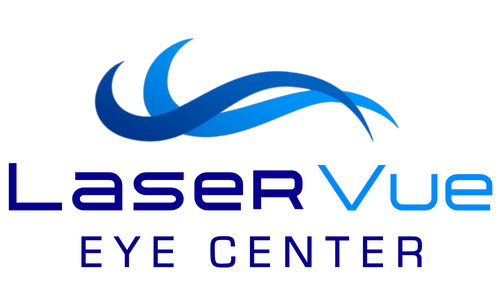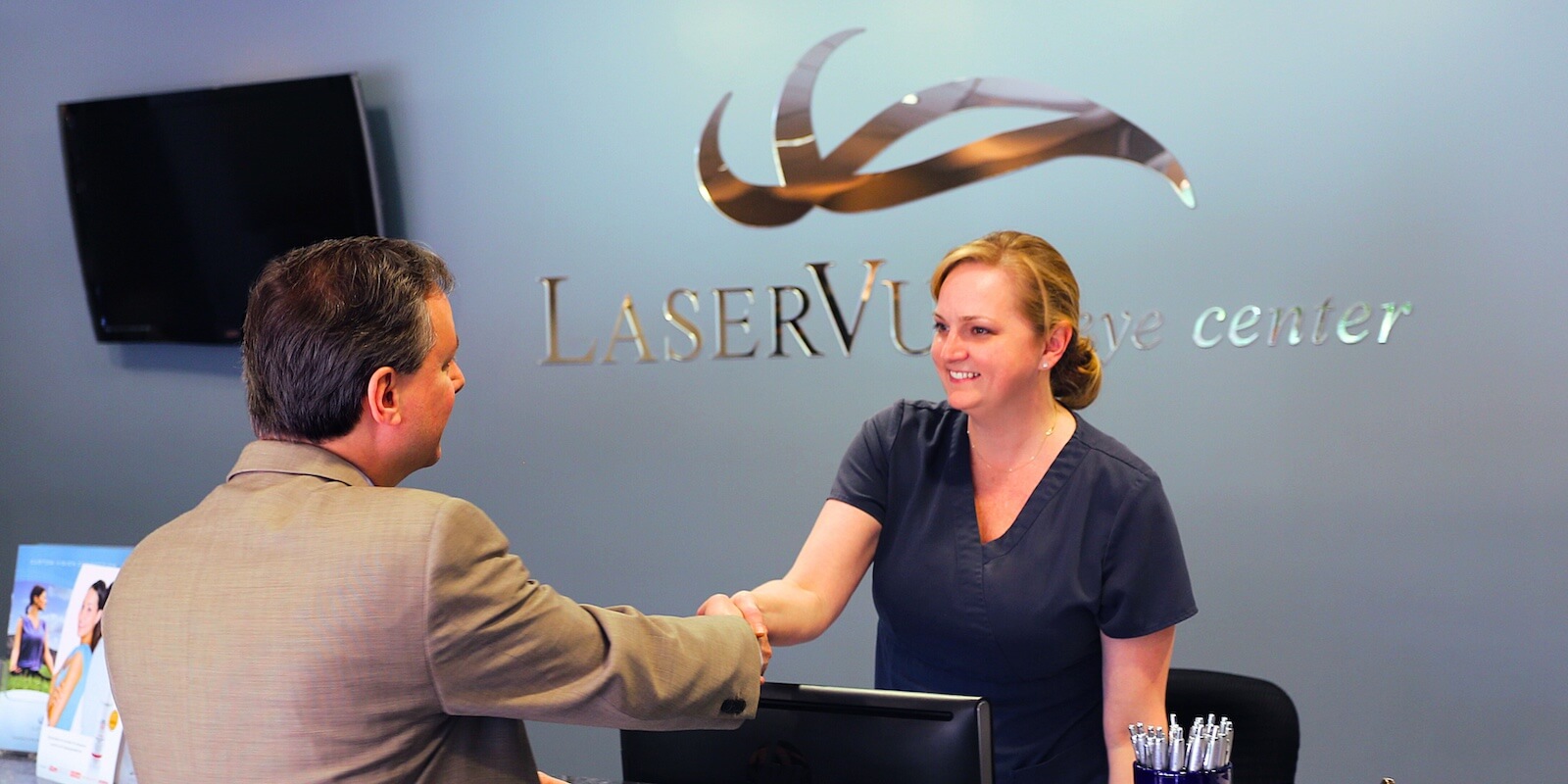Posted by: Jay Bansal, MD in Dry Eyes

Jay Bansal, MD
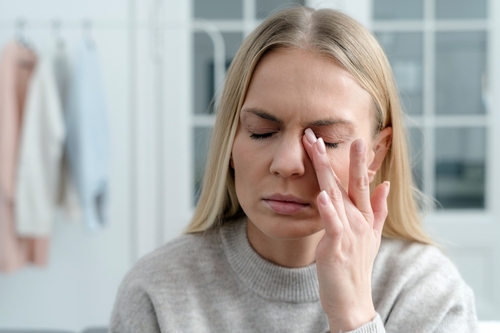
Your eyes are constantly producing tears. This is because your eyes need moisture to stay healthy.
But sometimes, your eyes may struggle to produce tears or retain them. They may struggle with this due to certain environmental factors, but it can also be because of a chronic condition called dry eye syndrome.
If your eyes are frequently dry, it could be because you have dry eye syndrome. Dry eye syndrome can cause serious eye health issues if left untreated, so it must be promptly diagnosed and treated.
But how do you know when it’s time for treatment? First, you need to know what dry eye looks like and what it means to have dry eye syndrome rather than just temporarily dry eyes. Keep reading to see if you could have pushed off dry eye treatment for too long!
Dry Eye Symptoms

There are many symptoms associated with dry eyes, including:
- Burning and stinging
- Redness
- Inflammation
- Watering
- Mucus buildup
- Light sensitivity
- Itchiness
- The feeling of grit in the eye
- Feeling uncomfortable wearing contact lenses
If your eyes feel irritated, it could be for several reasons. But if you exhibit several of these symptoms, especially burning, stinging, and a feeling of grit in the eye, it’s very likely because your eyes are too dry.
Temporary vs. Chronic Dry Eye
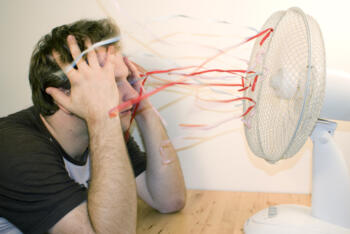
Your eyes can feel too dry for many reasons, but one could be because of your current environment. For example, if your home is extremely dry because you use an AC, it can dry out your sinuses and your eyes.
Improper contact lens use can also dry out your eyes, as can too much exposure to sunlight and dehydration. But when these factors trigger your dry eyes, the symptoms will eventually disappear once you correct your environment.
Using a humidifier in the home, taking a break from contact lenses, wearing sunglasses outdoors, and staying hydrated should resolve your dry eye symptoms if they are temporary. But when correcting your environment doesn’t alleviate your symptoms or only partially alleviates your symptoms, it could be because you have chronic dry eye, also known as dry eye syndrome.
What is Dry Eye Syndrome?
Dry eye syndrome is a common condition that can affect anyone but is more common in older adults and women, especially women undergoing hormonal changes like menopause. Being pregnant or going through menopause can trigger dry eye syndrome due to the chemical changes caused by fluctuating hormone levels.
These hormonal changes can even lead to your prescription fluctuating. But dry eye syndrome can also be associated with skin conditions commonly affecting older individuals, like rosacea and blepharitis (eyelid inflammation). However, these skin conditions are not exclusive to this demographic.
The various conditions associated with dry eye syndrome usually trigger the eye condition because they interfere with tear production. Healthy eyes must have three components: water, mucus, and oil. Your tears have layers in the tear film, including:
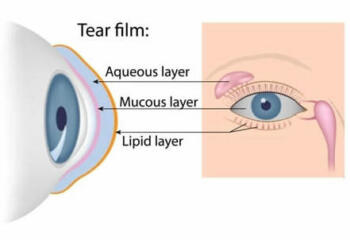
1. Mucus is the inner layer
2. Aqueous (water) is the middle layer
3. Lipids (oil) are the outer layer
When your eyes struggle to produce any of these components, it messes up the balance of your tears. As a result, the components can’t provide the proper nutrients to the eye, leading to insufficient lubrication and moisturization.
One common trigger for dry eye syndrome is meibomian gland dysfunction (MGD). Meibomian gland dysfunction occurs when the meibomian glands, which produce lipids, become blocked, usually due to inflammation.
Without lipids, your tears lack their outer protective layer, so they evaporate too quickly on the surface of your eye. Regardless of what triggers dry eye syndrome, the condition does more than cause discomfort. If left untreated, it can also lead to long-term health problems and even vision loss.
Health Risks
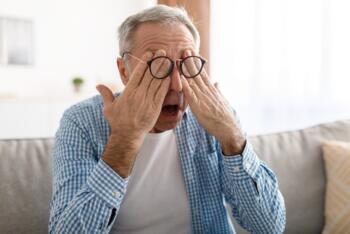
Your eyes need tears to stay healthy. Without moisture, your eyes can’t protect against abrasions or flush out harmful bacteria and particles that get into your eyes. When your eyes are dry, you’re much more likely to get corneal abrasions.
Without sufficient moisture, your eyes can’t heal these corneal abrasions properly. They may become infected, with the potential to eventually become corneal ulcers.
Corneal ulcers can cause corneal scarring, permanently affecting your vision and causing blind spots in your visual field. If you’ve already experienced corneal abrasions or infections, you must seek treatment for your dry eyes. Even if your eyes are only frequently uncomfortable due to dry eyes, you should seek treatment to prevent these further health risks.
Treating Dry Eye Syndrome
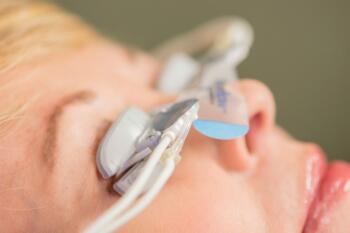
The first step in dry eye syndrome treatment is diagnosis. Start by seeing one of the ophthalmologists at LaserVue Eye Center to assess your tear health. They’ll also be able to determine if you have dry eye syndrome and, if so, what likely triggered it and its root cause.
From there, your eye doctor can recommend treatment. They may recommend home remedies, like over-the-counter artificial tears, nutrients that can aid in tear production, and ways to clean your eyelids to lower inflammation.
Once you implement these simple treatments, they may recommend further treatment if warranted. These treatments are usually non-invasive and may include prescription eye drops and in-office light therapy like LipiFlow that can treat meibomian gland dysfunction. LipiFlow is a gentle procedure that uses heat and gentle pressure to unblock the meibomian glands and restore their function.
If your eyes constantly feel dry or cause you irritation, you may have dry eye syndrome. If you think you could have this chronic eye condition, it’s time to seek treatment.
Request your appointment at LaserVue Eye Center in San Francisco, CA, today to get the relief you need from dry eyes! Stop waiting and do something about your discomfort to enjoy life again. Don’t you deserve to see clearly without irritation?
